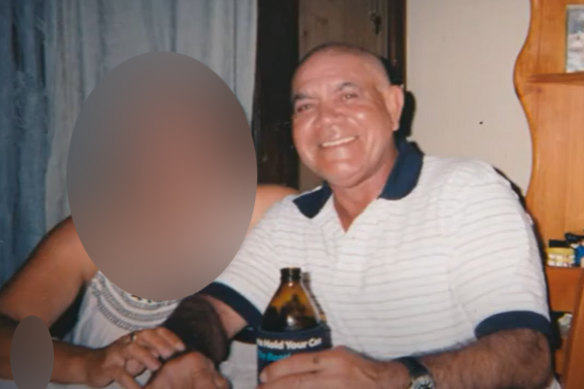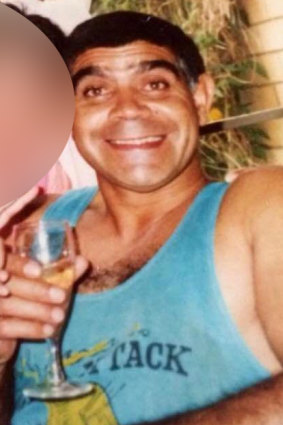
Keith Simms was given many nicknames over the years. In the 1980s, he was known as the “Centennial Park rapist”. In the 1990s, the “Bondi rapist”. “Tracksuit rapist” was the moniker coined following more rapes in 2000. Then 16 years later he became known as the “Bondi Beast”.
Only Simms knew these names applied to him, as well as the associated heinous crimes. To his friends and relatives, he was “Magoo” – a dedicated husband, father and grandfather. He was a La Perouse local and had a 43-year-long marriage that only ended when he died peacefully in February at the age of 66, surrounded by family.

Keith Simms took his ugly secret to his grave.
At his funeral, held at St Andrew’s Catholic Church in Malabar on March 4, Simms was described as a kind-hearted “hero” and a father figure who loved playing football, partying and supporting the South Sydney Rabbitohs.
Within months, that image would be turned on its head after police revealed an ugly new piece of the kaleidoscope: that between 1987 and 2001, Simms is known to have violently attacked and sexually assaulted 31 women and teenage girls in Sydney’s eastern suburbs.

Keith Simms’ family were devastated to learn he had been living an ugly double life.
The news rocked the Simms family who “had no idea and really were beyond shocked”, detective Shelley Johns told the Herald and 60 Minutes.
Among the many questions that remain unanswered for Simms’ victims, his family, and the public, is how he managed to deceive those who knew him and evade police for so long.
At his funeral, a relative said he had a number of jobs over the years, including with the National Parks and Wildlife Service, Botany Council, Bonnie Doon Golf Course and the University of NSW.
Comment has been sought from the above employers, with UNSW confirming he was contracted as a gardener in 2017 – six years after his last known rape.









 Add Category
Add Category